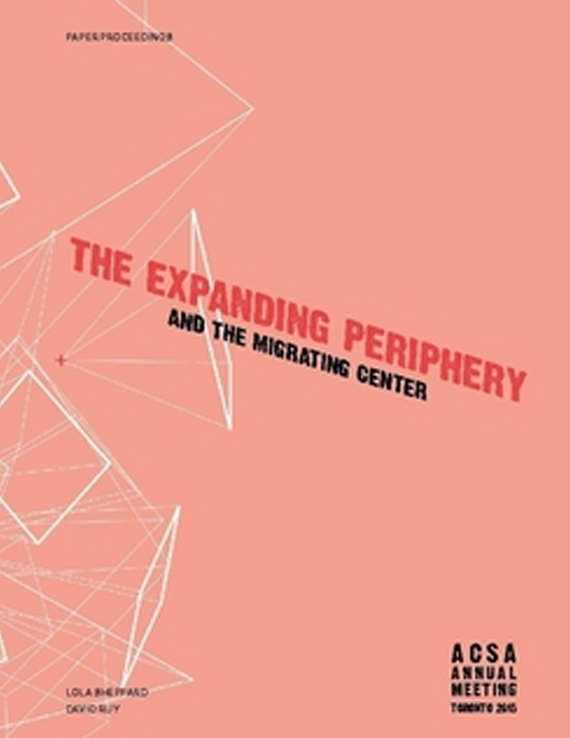Author(s): Kyle Reynolds
There are two cities in Chicago, and one goes almost completely unnoticed. This second city is officially titled the Chicago Pedway System and consists of a network of tunnels and bridges that span over 5 miles and connect 40 blocks in the central Loop district. At first glance this second city appears quite similar to many other pedway systems that are found in cities across the world. However, on closer inspection it becomes apparent that this system offers an entirely new and informal interior urbanism that is unlike any other. The anonymity of this system is its most defining feature. The majority of Chicago’s citizens don’t know this system exists, or if they do, they often don’t realize when they’re occupying its confines. This quality speaks to a type of interior urbanism that is diffuse, interconnected, and difficult to describe. Its unlike a street or plaza in that it is not immediately recognizable as a type. It often seems as though it exists as a space between two other well known types and because of this ambiguity it offers an ideal test case to tease out new potentials for interior urbanism.The second city pedway system also benefits from its original meaning, in that during the reconstruction of the city after the 1871 fire, Chicago’s Loop became a multi-layered urban context. The ground level is occupied by pedestrians while the services and infrastructure for the massive and densely packed towers are neatly hidden beneath the well manicured lobbies. This layering offered the ability to connect many disparate buildings and parts of the Loop through a myriad of quirky and haphazardly laid out paths, tunnels and bridges. The result is in an interior context that offers protection from the weather as well as a collision between many different types of spaces and programs.The second city pedway system is the true ground of the city. It is the backdrop against which many of the city’s most iconic towers meet the ground. The pedway system engages public and private space in the form of office, retail, transportation, government, recreation, and assembly space all while acting as a means of circulation. Its spaces are grand as well as miniscule, overly wrought and articulated as well as completely neglected. It connects but it is also disconnected. It is direct but its routes are often confusing. It is a microcosm of the city as a whole and because of this it offers the greatest potential to reinvent the experience of the city, yet it is rarely discussed.It is the purpose of this paper to unpack the issues of interior urbanism that define this iconic American city through it’s second city pedway system.
Volume Editors
David Ruy & Lola Sheppard
ISBN
978-0-935502-95-4

 Study Architecture
Study Architecture  ProPEL
ProPEL 
